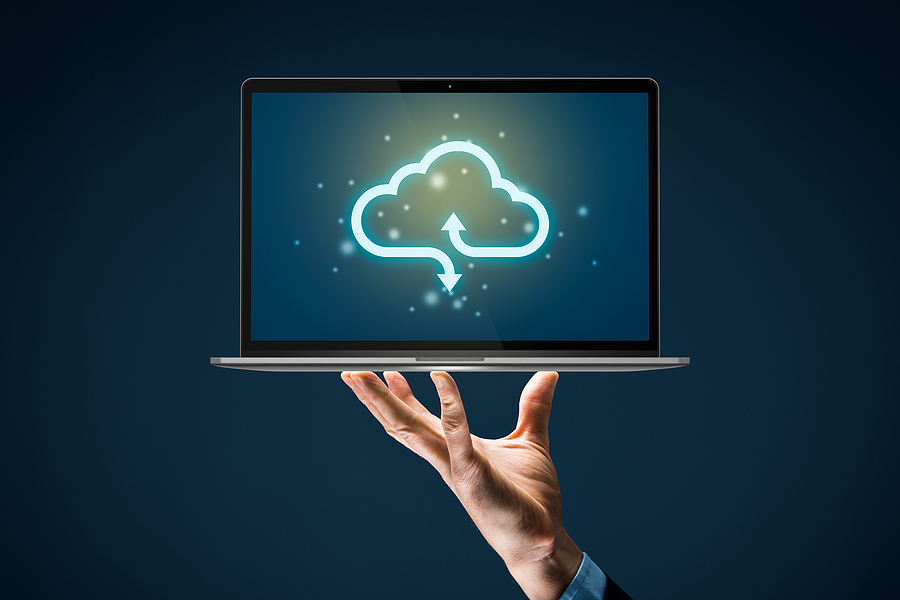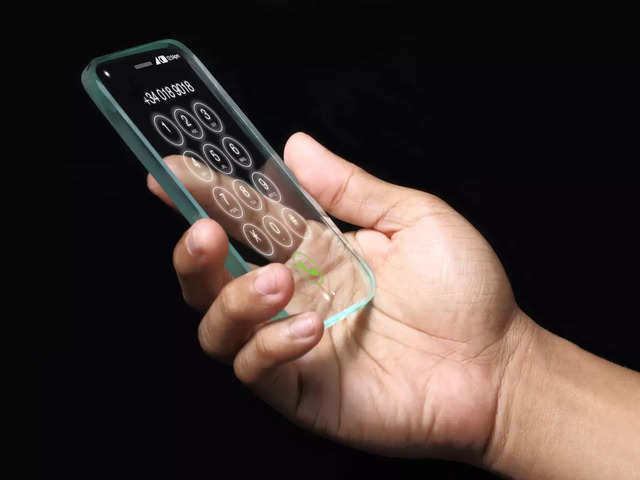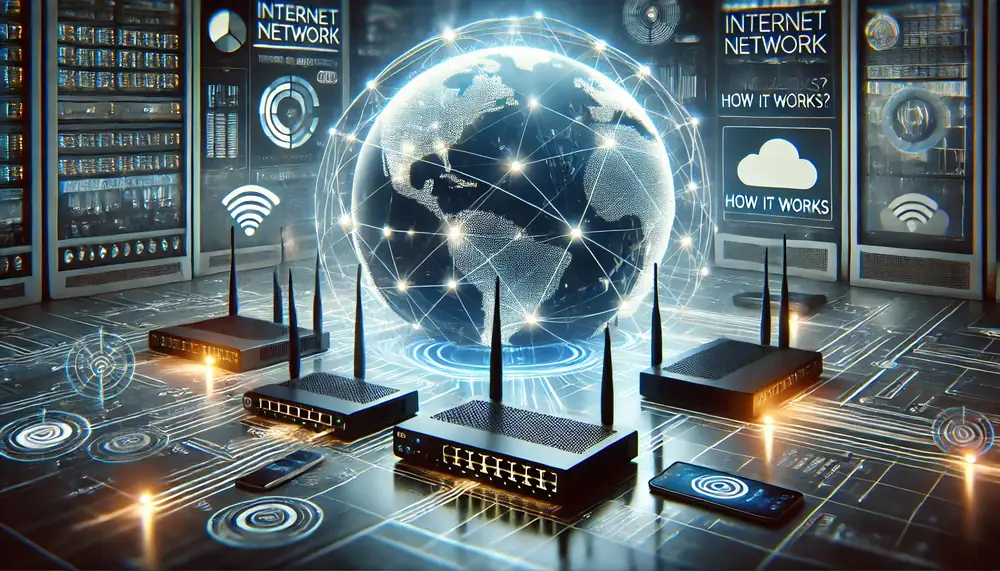Your cart is currently empty!
Leap Of Technology

How Technology Has Aged From 1990 To 2024
The technological landscape has undergone a dramatic transformation over the past three decades, evolving from bulky and limited devices to powerful, portable, and hyper-connected tools that have reshaped the world in ways previously unimaginable. The journey from 1990 to 2024 reflects an era marked by rapid innovation, shifting paradigms, and groundbreaking advancements that have had profound implications on society, economy, and personal lives.
Computers

From Desktop to Cloud
In 1990, personal computers were large, desk-bound machines with limited capabilities compared to today’s standards. A typical computer in the early ’90s might have had a processor speed of 25-50 MHz, with a hard drive ranging from 20MB to 200MB. Most people used computers primarily for basic tasks such as word processing and spreadsheets, with the internet just starting to gain traction.
Fast-forward to 2024, and computers have become exponentially more powerful, compact, and portable. Processors now exceed speeds of 3 GHz, and storage has moved to cloud-based systems, making physical hard drives nearly obsolete for everyday use. The shift to laptops, tablets, and smartphones has made computing more mobile, while the rise of cloud computing allows users to store data, access applications, and collaborate online from virtually anywhere in the world. The advent of artificial intelligence (AI) and machine learning has further enhanced computing, making tasks faster and more efficient.
Mobile Phones

From Brick Phones to Smartphones
The early 1990s saw the first widespread use of mobile phones, which were often large, bulky devices resembling bricks. These early mobile phones, such as the Motorola StarTAC, were limited to voice calls and basic text messaging, with no access to the internet or applications. The focus was on portability and functionality, with battery life being the main concern.
By 2024, mobile phones have evolved into smartphones that are integral to daily life. Devices like the iPhone, Android smartphones, and foldable phones feature powerful processors, high-resolution cameras, and the ability to run millions of apps, transforming how people communicate, work, and entertain themselves. The iPhone, first released in 2007, revolutionized mobile phones with its touch screen and app ecosystem, paving the way for the modern smartphone. Furthermore, 5G technology is accelerating mobile data speeds, and innovations such as foldable screens and augmented reality (AR) are pushing the boundaries of what phones can do.
The Internet

From Dial-Up to Gigabit Connectivity
In 1990, the internet was still in its infancy. Many people accessed the internet via dial-up connections, which were painfully slow by today’s standards. Websites were basic, text-heavy, and lacked multimedia elements. The idea of streaming video or accessing social media was far from realization.
By 2024, the internet has become a global backbone, providing access to vast amounts of information, entertainment, and services. Broadband internet, fiber-optic cables, and wireless technologies such as 5G have drastically improved connection speeds, enabling seamless video streaming, gaming, and instant communication. The rise of social media platforms like Facebook, Twitter, and Instagram, as well as the dominance of video-sharing platforms like YouTube and TikTok, has redefined social interactions, business models, and the flow of information. The Internet of Things (IoT) has further expanded connectivity by linking everyday devices like refrigerators, thermostats, and cars to the internet.
Entertainment

From VHS to Virtual Reality
In 1990, the home entertainment landscape was dominated by VHS tapes, CRT televisions, and physical media like CDs and DVDs. People watched movies and shows on bulky television sets, and gaming consoles like the Sega Genesis and the Super Nintendo Entertainment System (SNES) were popular.
By 2024, the entertainment industry has undergone a massive shift, driven by digital technology. Streaming services like Netflix, Hulu, and Disney+ have replaced physical media, offering on-demand access to movies, TV shows, and original content. High-definition (HD), 4K, and even 8K resolution televisions, along with OLED and QLED display technologies, have transformed how people experience visual content.
Gaming has also advanced dramatically, with the rise of next-gen consoles like the PlayStation 5 and Xbox Series X, as well as the growth of virtual reality (VR) and augmented reality (AR) gaming experiences. In addition, gaming has expanded into mobile platforms, with smartphones offering an endless array of games that appeal to casual and hardcore players alike.
Social Media and Communication

From Bulletin Boards to Social Networks
In the early ’90s, online communication was limited to bulletin board systems (BBS) and early email services, with the internet still in its nascent stages. Email was primarily used for business communication, and online social interactions were largely confined to niche forums and chat rooms.
Today, social media platforms like Facebook, Twitter, Instagram, and TikTok have transformed the way people communicate and share content. From status updates and photos to videos and live streams, social media has become a central part of daily life. Messaging apps like WhatsApp, Telegram, and Facebook Messenger have largely replaced traditional text messaging and voice calls, offering instant communication across the globe. The advent of video conferencing tools like Zoom and Microsoft Teams has also revolutionized remote work, making virtual meetings and collaboration commonplace.
The Workplace

From Office Desktops to Remote Work
The workplace in 1990 was primarily office-based, with employees using desktop computers for work tasks. Most communication was done in person, over the phone, or through faxes. There were no real-time collaboration tools, and business processes were often slower due to the lack of instant communication.
By 2024, the workplace has undergone a profound transformation. Remote work, accelerated by the COVID-19 pandemic, has become a mainstream practice. Cloud-based collaboration tools such as Google Workspace, Microsoft 365, and Slack allow teams to work together in real-time from different locations. Video conferencing has replaced many in-person meetings, and digital collaboration platforms have made it possible for businesses to function seamlessly across time zones and geographical barriers. Automation and AI have also taken over many routine tasks, allowing employees to focus on higher-level creative and strategic work.
Artificial Intelligence and Automation

From Simple Algorithms to Deep Learning
In 1990, artificial intelligence (AI) and automation were still limited to simple algorithms and rule-based systems. AI applications were largely confined to basic tasks like chess playing or machine learning for limited business applications. Robots were mostly confined to factories, where they performed simple repetitive tasks.
In 2024, AI has become a transformative force across nearly every industry. Machine learning, deep learning, and natural language processing (NLP) have enabled AI systems to handle complex tasks, such as speech recognition, autonomous driving, medical diagnosis, and content creation. AI-powered chatbots like ChatGPT and virtual assistants like Siri and Alexa have become integrated into daily life. Automation has also permeated industries such as manufacturing, healthcare, and finance, driving efficiency and reducing the need for manual labor.
The Environment

From Paper to Digital
In 1990, the world still relied heavily on paper for communication, documentation, and record-keeping. Offices were filled with filing cabinets, paper reports, and handwritten notes. The environmental impact of paper waste was growing, but digital alternatives were only starting to take shape.
By 2024, digital solutions have dramatically reduced the reliance on paper, with cloud-based storage and digital document management systems becoming the norm. The use of email, electronic signatures, and digital records has replaced much of the paper trail in business and government. While digital technology has reduced paper consumption, it has also introduced new environmental concerns, particularly related to e-waste, energy consumption, and data centers.
Conclusion
A Rapidly Evolving Future
The technological evolution from 1990 to 2024 has been extraordinary, with advancements in computing power, connectivity, entertainment, and communication transforming nearly every aspect of our lives. As we look ahead to the next few decades, it’s clear that technology will continue to evolve at a rapid pace. Quantum computing, AI-driven innovations, immersive virtual worlds, and advancements in biotechnology could further revolutionize the way we live, work, and interact with the world around us. While the future holds exciting possibilities, it also presents challenges, particularly in managing the ethical, social, and environmental impacts of these innovations.
In retrospect, the transformation from 1990 to 2024 is a testament to human ingenuity and the power of technology to drive progress and reshape society in ways we could hardly have imagined just a few decades ago.

